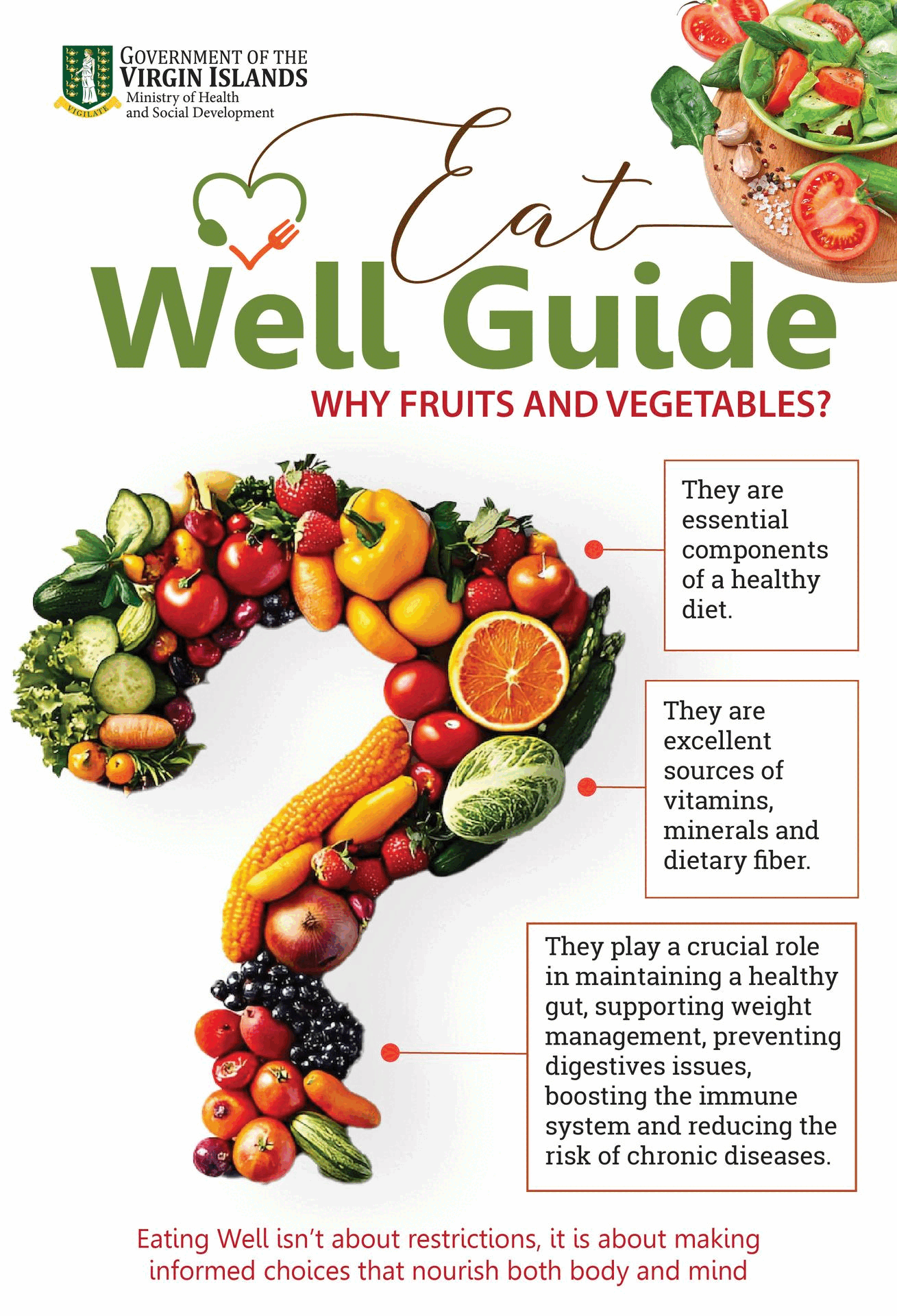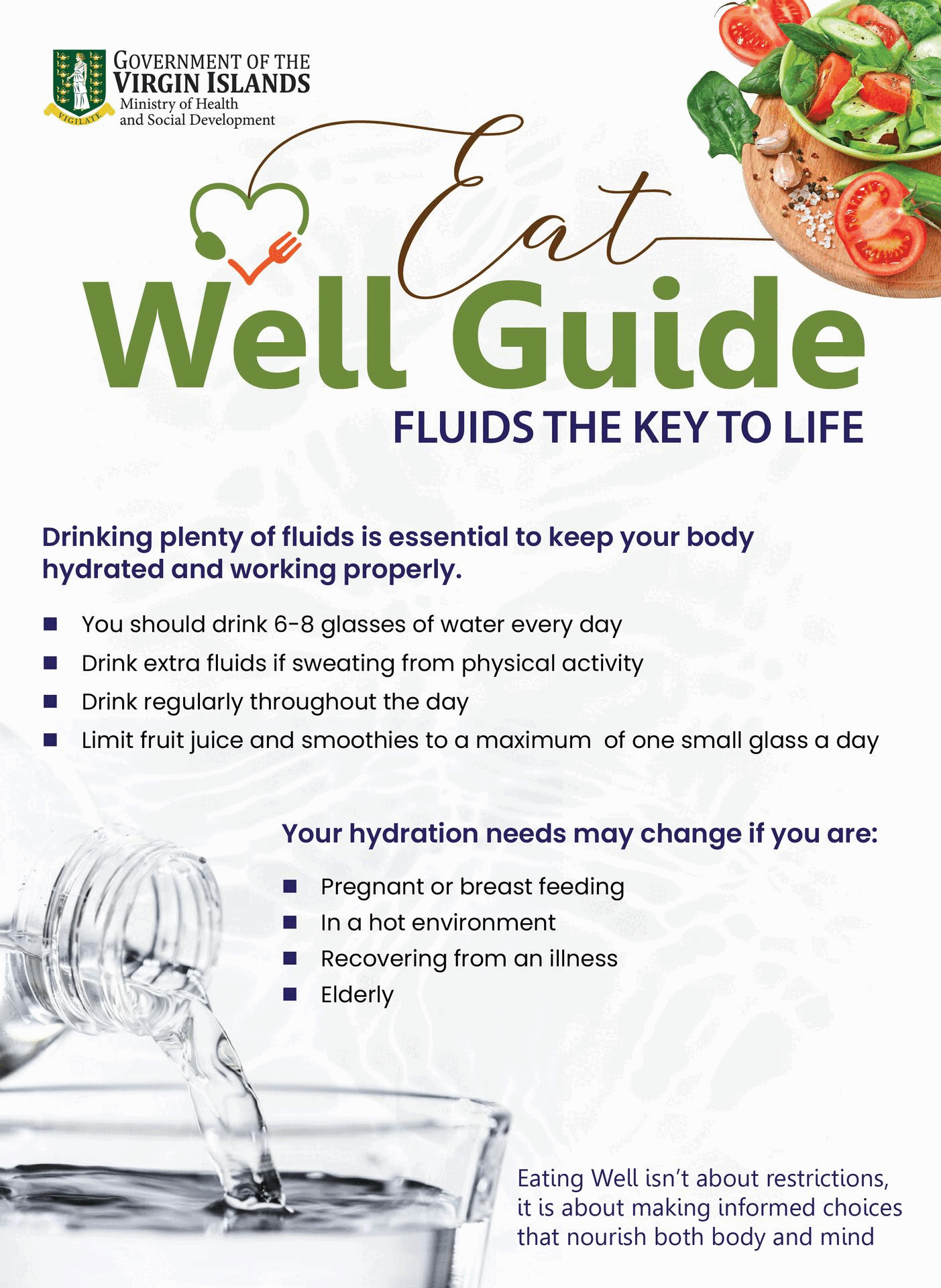Jack Trickle Down or Jill bottom up?
The following story highlights the centrality of economics in disaster recovery, post Hurricane Irma, for the Virgin Islands. Hurricanes Irma and Maria, add major floods, devastated the Virgin Islands in September 2017.
The country is under threat of a long economic recession owing to the September disasters. A thoughtful and practical approach to economics- scarce resource management- by the country’s leaders, is the key to a full recovery.
Now, a preamble to the proceeding narrative gives tremendous kudos to Her Majesty’s Royal Virgin Island’s Police Force. The Commissioner and his staff have done a stellar job at the temporary Elmore Stoutt High School at The Pasea Estate, Road Town, [British] Virgin Islands. The original high school was tragically destroyed by Hurricane Irma.
The safety of hundreds of schoolchildren who have to cross a dangerous highway each day, to and from school, by the estate, where the temporary high school resides, has been enhanced immeasurably by the presence of police officers at critical periods during the day. These ‘unsung heroes’ control the traffic, and ensure our kids cross the road safely.
OK. The cash that flows into the pockets of an employee from the pockets of the entrepreneur or businessman, drive the economy. Therefore, the greater the entrepreneur’s profit margins, and the greater the value and quantity of cash in the pockets of Jack and Jill Consumer, the greater the growth in the economy.
The preceding ‘prognosis’ is at the core of the austerity narrative: the central narrative in austere thought. Economic prosperity is driven by business and enterprise.
Growing business confidence feeds consumer demand, and consumer confidence. This is bread and butter for the austere believer. Business is Boss. The customer and consumer is the silent partner in the demand and supply equation.
The austerity idea is opposite to the stimulus narrative. Stimulus theory states that, the consumer and his demand, dictate the scope and pace of the economy. For the Stimulus advocate, customers and clients are the key drivers of the economy.
Stimulus has been described as bottom up. The pyramid is turned on its head. The small people, the majority at the base of the pyramid, are considered key to prosperity. The welfare of the 90% is critical to a healthy economy. The demand for goods and services of the 90% far exceeds the purchases of the 1% at the apex of the pyramid.
On the opposite side of the coin, austerity holds that wealth “trickles down” from the rich businessman to the employee. Wealth reacts to the forces of gravity. Material prosperity eventually descends from the top of the pyramid to where the majority sit at the base. This sharing of wealth between the wealthy and the rest of society is at root of the austerity model and viewed as the panacea for a strong economy.
The wealthy at the top of the pyramid are the source of prosperity. The businesses the wealthy own are critical employers of labour. The wealthy lifestyles of the 1% help small businesses. The vast majority, the 90% are either employees or small businessmen.
It is presumed by the austere economist that the wealthy are big spenders: that this ‘big spending,’ trickles down to the masses. However, this is not necessarily the case. The wealthy are known for their frugality. Still, the idea of austerity is that the wealth of the 1% trickles down to the 90%. This trickledown effect is vital to economic growth.
Therefore, government is only able to exist as a result of tax revenues from both business and employee. And increased government revenue is realised, only if an economy is growing. GDP growth is the source of public revenues that drive economic and social development. GDP is omnipotent.
Government is able to build the physical and social infrastructure that establishes a healthy environment for businesses to thrive only when the market is robust and expanding. This is economic development that derives from increasing GDP. Private enterprise, not government, is the central player in the economy.
Business confidence and business growth go hand in hand. Businesses are the driver that pulls the rest of the economy along. The entrepreneur is the coachman who directs the horse and carriage, that is the economy.
Therefore, disaster recovery in the Virgin Islands, under the austerity type, will only be realised when business and consumer confidence returns, and GDP stops its present contraction. Recovery will officially begin when the country’s GDP pivots towards the type of metric that existed pre Irma.
Getting Jack the Entrepreneur to feel like a king, with his cash machine buzzing without cease, and getting the businessman back into the game of making ‘serious money,’ is the key component of disaster recovery, under the austerity prototype.
To be continued.
Connect with Dickson Igwe on Twitter and Facebook












.jpg)








.png)




















1 Response to “Jack Trickle Down or Jill bottom up?”